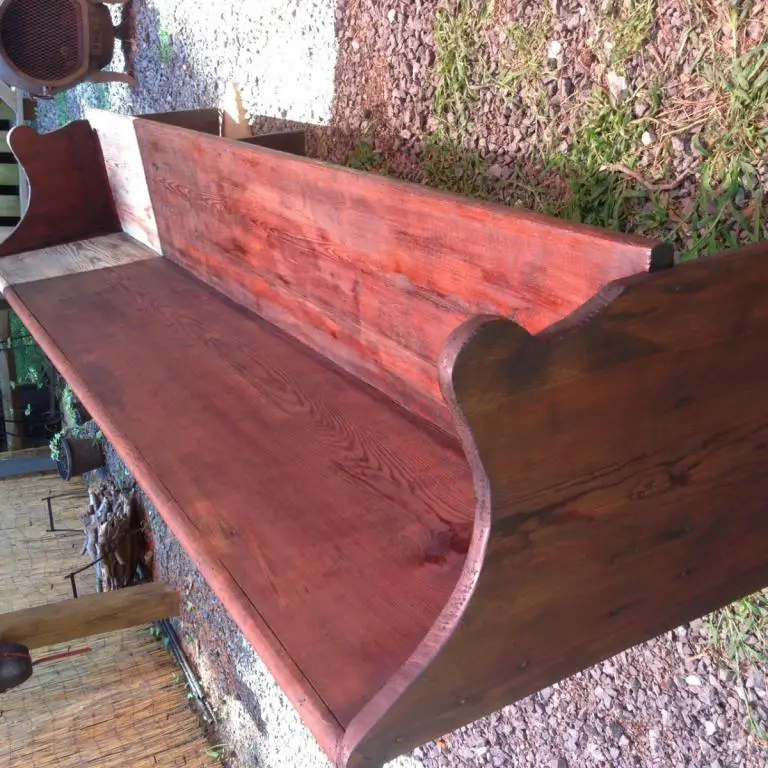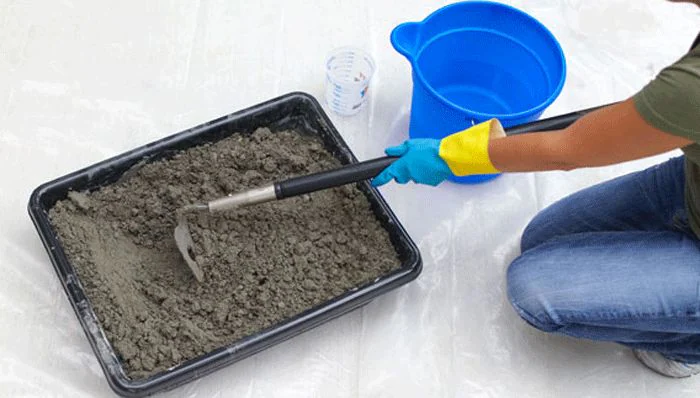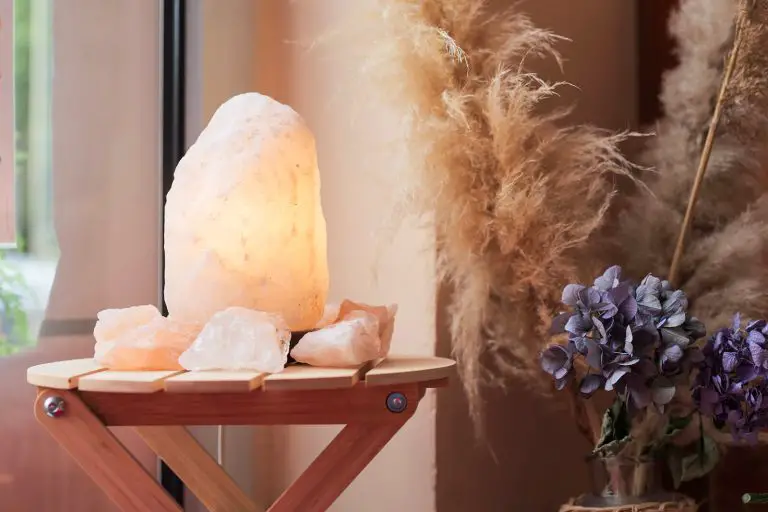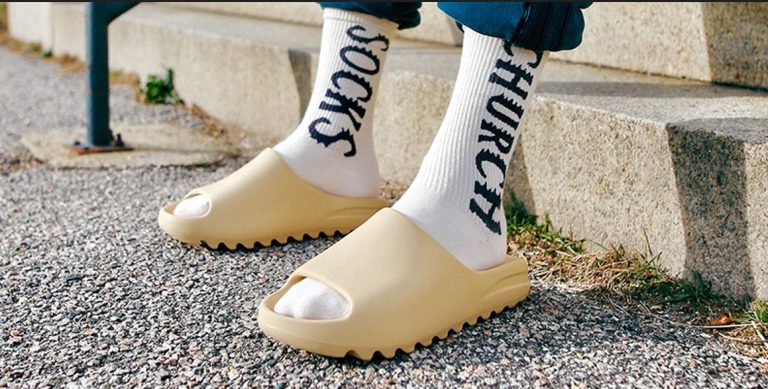Can You Use Interior Stain Outside
Interior stain is a common choice for staining wood inside your home, but can you use it outside? The answer is yes but with a few important caveats. While interior stain can be used outdoors, it is important to understand that it is not designed to hold up to the harsher elements of the outdoors. Interior stains are designed to provide a quick and easy staining solution for inside your home, but they may not be able to stand up to the wear and tear of prolonged exposure to the elements. With that said, if you need a quick and easy staining solution for an outdoor project, interior stain can be an effective option.
What is Interior Stain?
Interior stain is a type of wood finish used to enhance the wood grain and add color to interior surfaces. It is usually applied with a brush, rag, or spray gun, and can be used on furniture, trim, doors, paneling, and cabinets. Unlike paint, interior stain penetrates the wood, allowing the natural grain to show through while simultaneously protecting against wear and tear. Interior stain is available in a variety of colors and can be purchased in both oil-based and water-based formulas. While the interior stain is designed for use on indoor surfaces, many people have found ways to use it in outdoor applications.
What is the Difference Between Interior and Exterior Stain?
When it comes to choosing the right stain for your home, it is important to understand the differences between interior and exterior stains. Interior stains are designed to provide a beautiful and natural look to the interior of your home, while exterior stains provide a protective layer to the exterior of your home. Both types of stains offer a variety of colors and finishes, however, the type of stain you use in each area of your home should depend on the purpose and the level of protection you need.
Interior stains are designed to penetrate the grain of the wood, forming a beautiful, natural-looking finish. These stains are often used to enhance the beauty of furniture, cabinetry, and floors. Interior stains are not designed to withstand the harsh elements of the outdoors, such as UV rays, rain, and snow.
Exterior stains, on the other hand, are designed to form a protective barrier against the elements. These stains are formulated with special oils and resins that resist water and UV rays, keeping your wood safe from sun damage and rot. Exterior stains are also designed to resist mildew and mold, making them ideal for outdoor decks, patios, and other outdoor structures.
Is it Possible to Use Interior Stain Outside?
When it comes to staining outdoor wooden surfaces, most people will tell you that exterior stain is the way to go. But what if you don’t have any exterior stain on hand? Is it possible to use interior stain outside instead?
The short answer is yes, you can use interior stain outdoors. Interior stain is designed to last longer than paint and provide a deep, rich finish to wood surfaces. However, because interior stains are not specifically created for exterior use, they may not be as durable as exterior stain. Interior stains are not designed to withstand the elements, so they may not last as long or provide the same level of protection against the sun, rain, and snow.
To ensure your surface is adequately protected, it’s important to apply a sealer over the stain. This will help protect the wood from fading, cracking, and other damage that can occur when it’s exposed to extreme weather conditions. Additionally, you should make sure you clean the surface thoroughly before staining and remember to regularly maintain the finish.
It’s also important to remember that interior stain is not designed to provide waterproofing or rot protection. If you’re applying the stain to a surface that’s exposed to rain, snow, or other elements, you should use a waterproofing sealant to ensure the wood is properly protected.

Things to Consider When Using Interior Stain Outside
Interior stains are typically used to add color and protection to the inside of homes, but some people may wonder if they can use interior stain outdoors. The answer is yes, but there are a few things to consider before doing so.
Firstly, interior stains are not formulated for long-term outdoor use and may not last as long as exterior stains. Sunlight, moisture, and extreme temperatures can cause interior stains to fade or crack, so they must be reapplied more frequently. Secondly, interior stains may not be as effective as exterior stains in repelling water or providing UV protection. Lastly, interior stains may not be compatible with the surface materials of outdoor surfaces, such as decks or siding.
When using interior stains outdoors, make sure to choose one that is designed for outdoor use and is compatible with the surface material. Be sure to prepare the surface properly and apply multiple coats of the stain to ensure maximum protection. Additionally, reapply the stain as needed to maintain the desired results. With these considerations in mind, interior stains can be used safely and effectively outdoors.
How to Prepare Your Surface for Applying Interior Stain Outside
Painting and staining your outdoor surfaces can be a daunting task, especially if you wish to use interior stain outside. While it is not the recommended method, it is possible to use interior stains on certain outdoor surfaces such as decks and fences. To ensure a successful outcome and a lasting finish, it’s important to properly prepare the surface before applying the stain.
Start by removing any existing paint or stain. This can be done either by sanding or power washing. For a better finish, use fine grit sandpaper to smooth out the surface and remove any residue. Peeling paint can also be removed with a chemical stripper.
Once the surface is clean and dry, it’s important to repair any cracks and holes with a wood filler or patching compound. Sand the area smooth once the patching compound has dried. You may also need to caulk around windows and other areas to ensure a proper seal.
At this point, you should also clean the surface with a mild detergent solution to remove any dirt, dust, and debris. Once the surface is clean, let it dry completely before applying the stain.
Tips for a Successful Application of Interior Stain Outside
Interior stains are generally designed to protect and enhance wood surfaces indoors. But with the right preparation and application, they can also be used outdoors. Applying interior stain outdoors can be tricky as the elements can cause the stain to peel, fade, or even crack. To achieve a successful finish, there are a few tips and tricks to keep in mind.
Surface preparation is key before you apply interior stain outside. Make sure the surface is clean, dry, and free of any debris. You should also consider sanding the wood to create a smooth finish and to open up the pores of the wood. Clean the surface with a vacuum and a damp cloth or a pressure washer to remove any dust or dirt.
When selecting a stain, go for one that is specifically designed for outdoor use. This will help protect the wood from the elements. You should also choose a stain that is compatible with the type of wood you’re working with. For instance, if you’re staining a pine wood surface, choose a stain that is designed for softwoods.
It is also important to apply the stain in the right environment. Make sure the temperature is between 50 and 85 degrees Fahrenheit and that there is no rain in the forecast. If you’re staining a large area, work in sections to ensure even coverage. Apply the stain with a brush, roller, or sprayer, following the manufacturer’s instructions.
Conclusion
The interior stain should not be used outside, as it is not designed to withstand outdoor conditions such as rain, sun, and temperature variations. Exterior stain is specifically designed to provide protection to wood from the elements and to last longer when used outdoors. Although interior stain may provide a beautiful finish, it will not last as long and will not be as effective when used outdoors.






